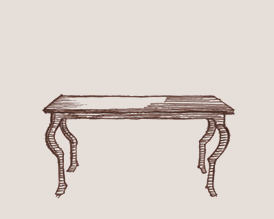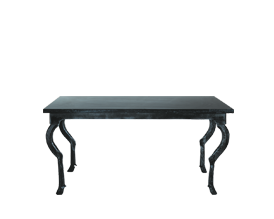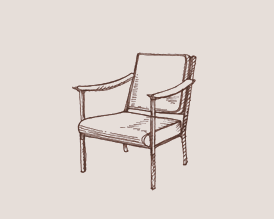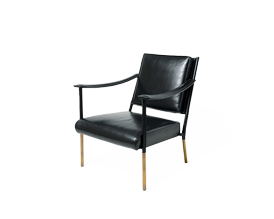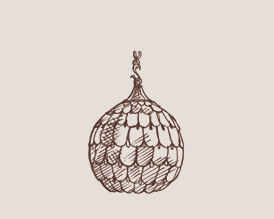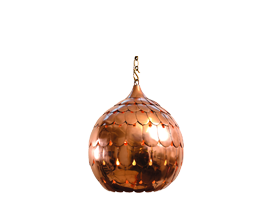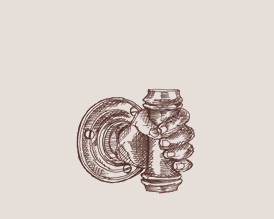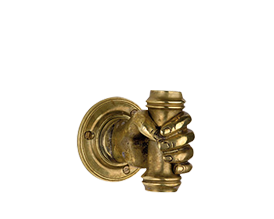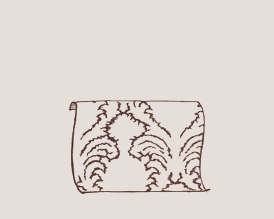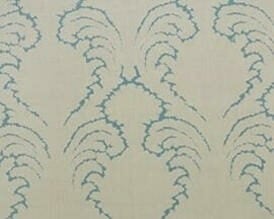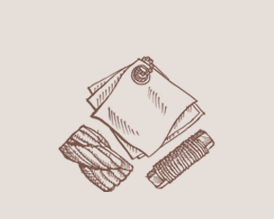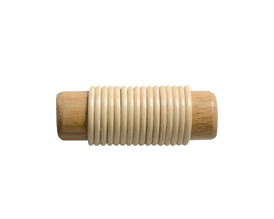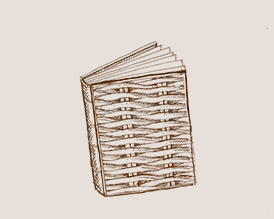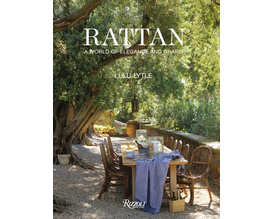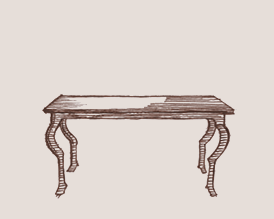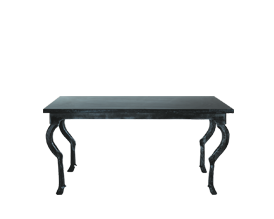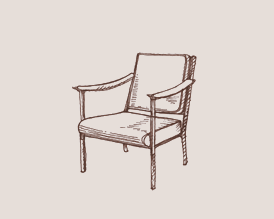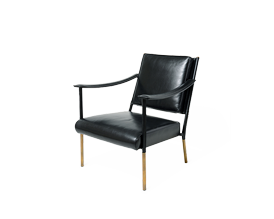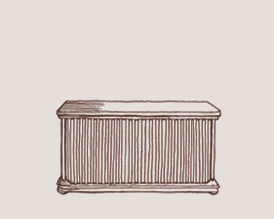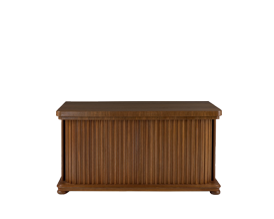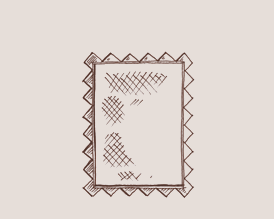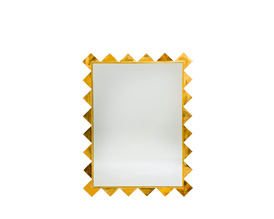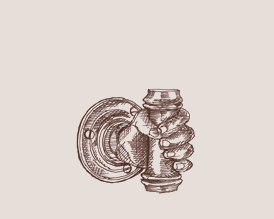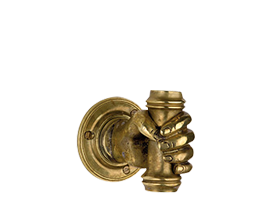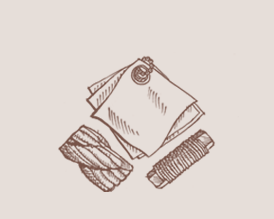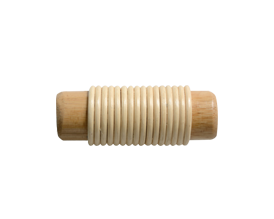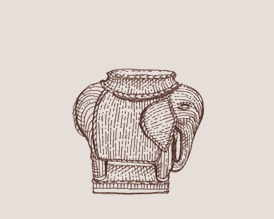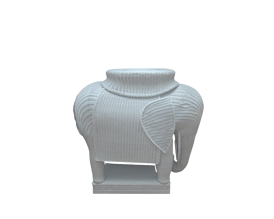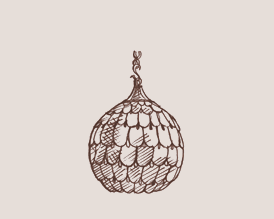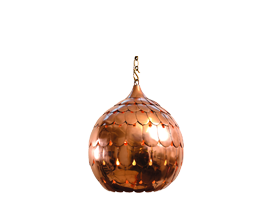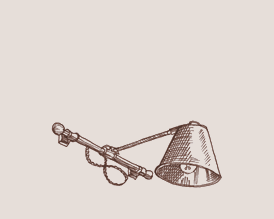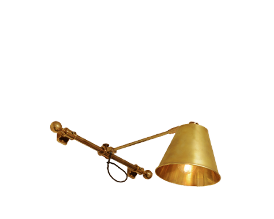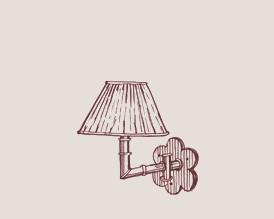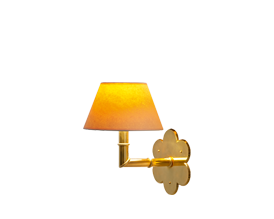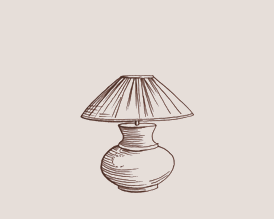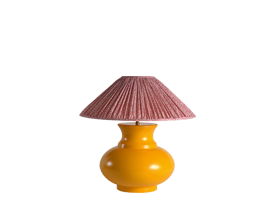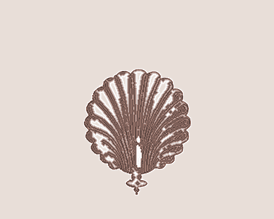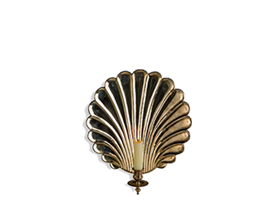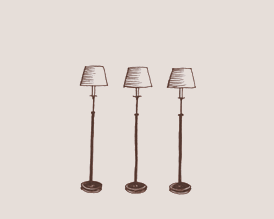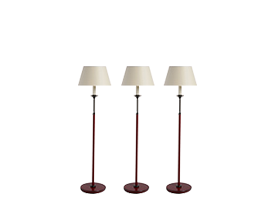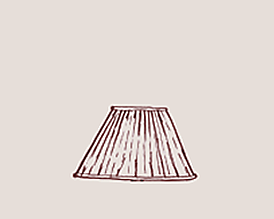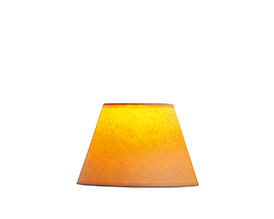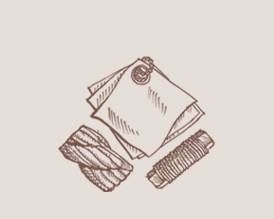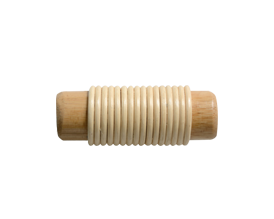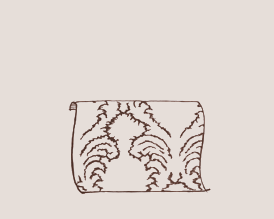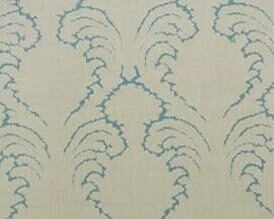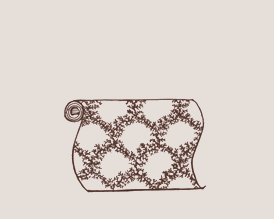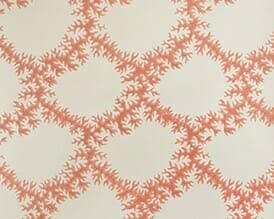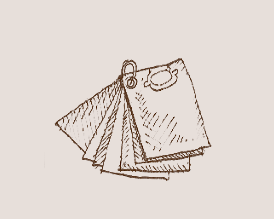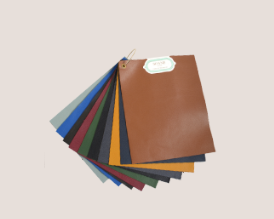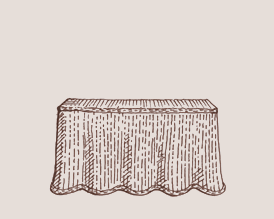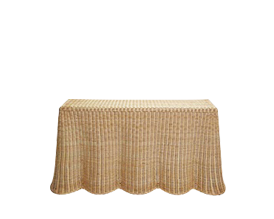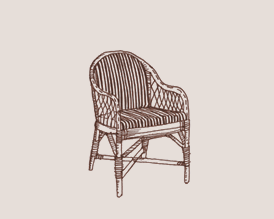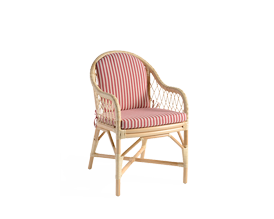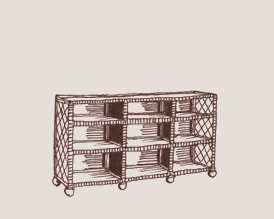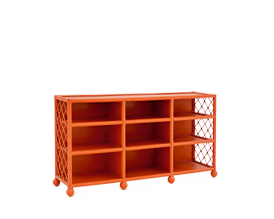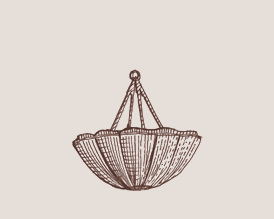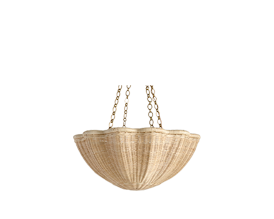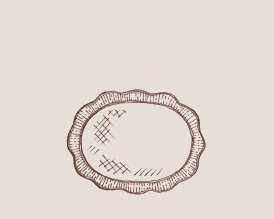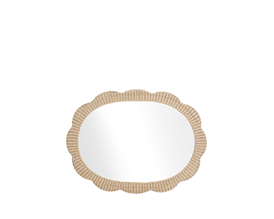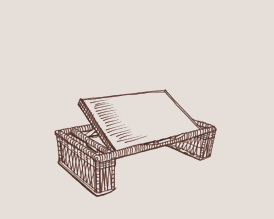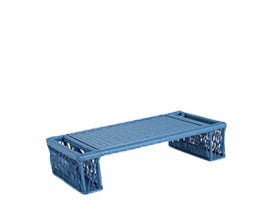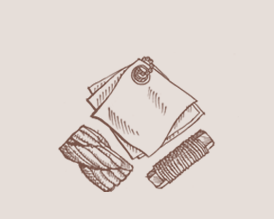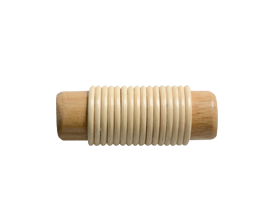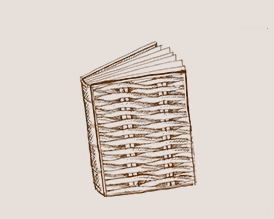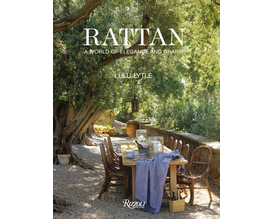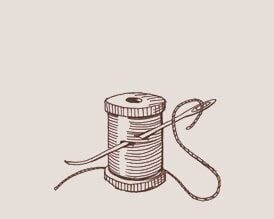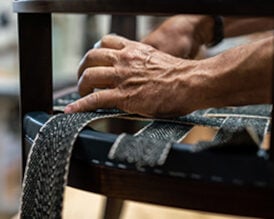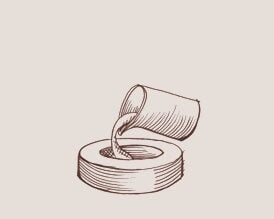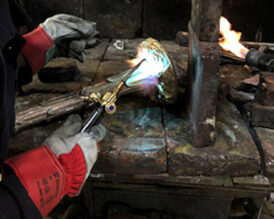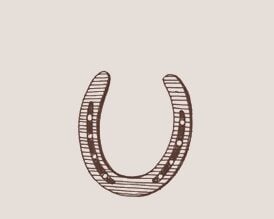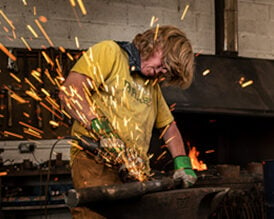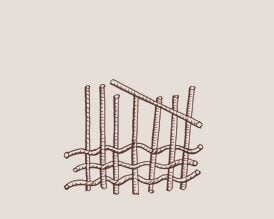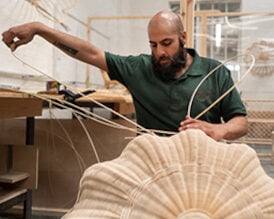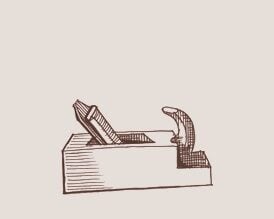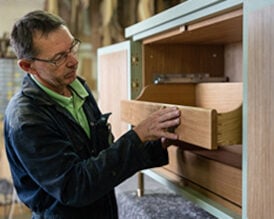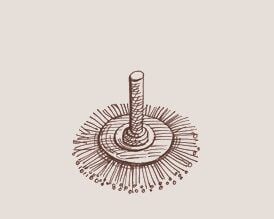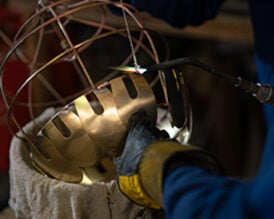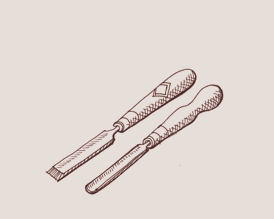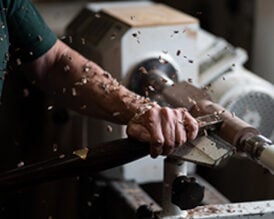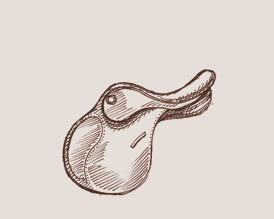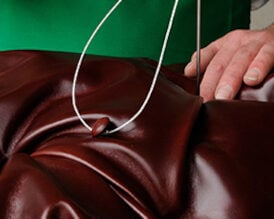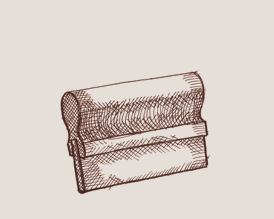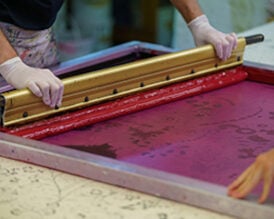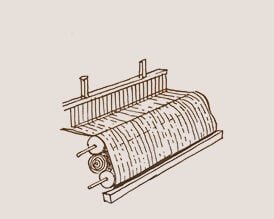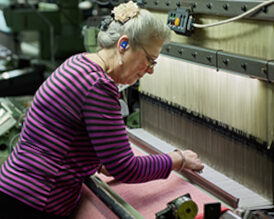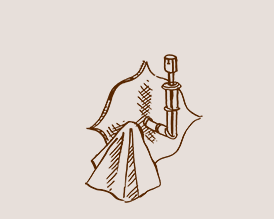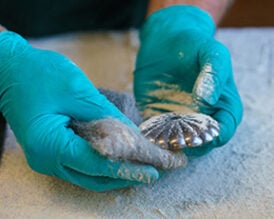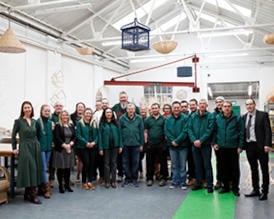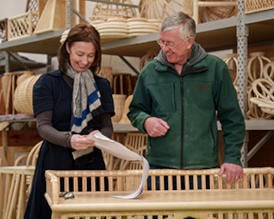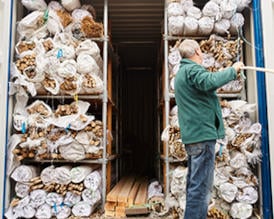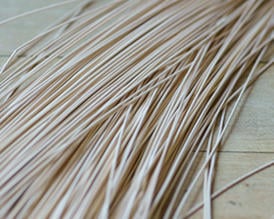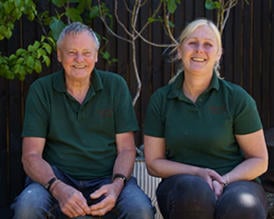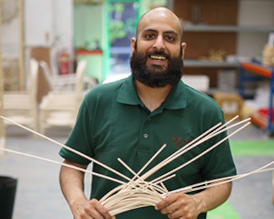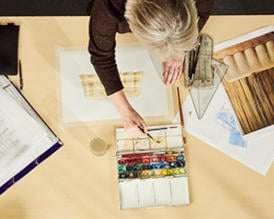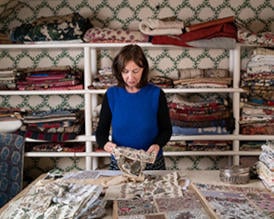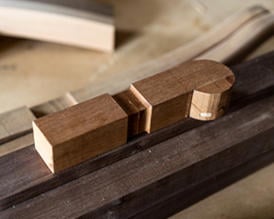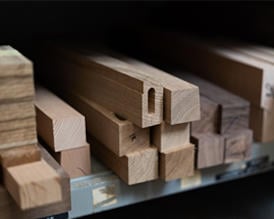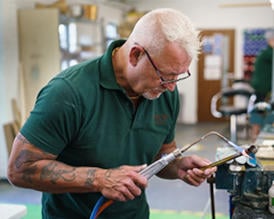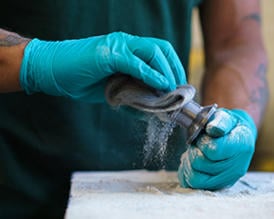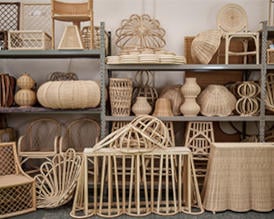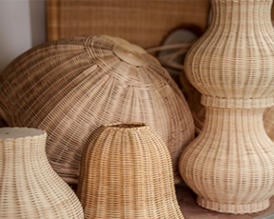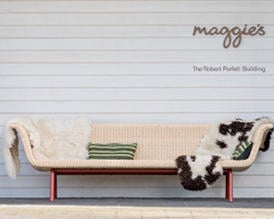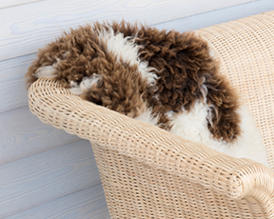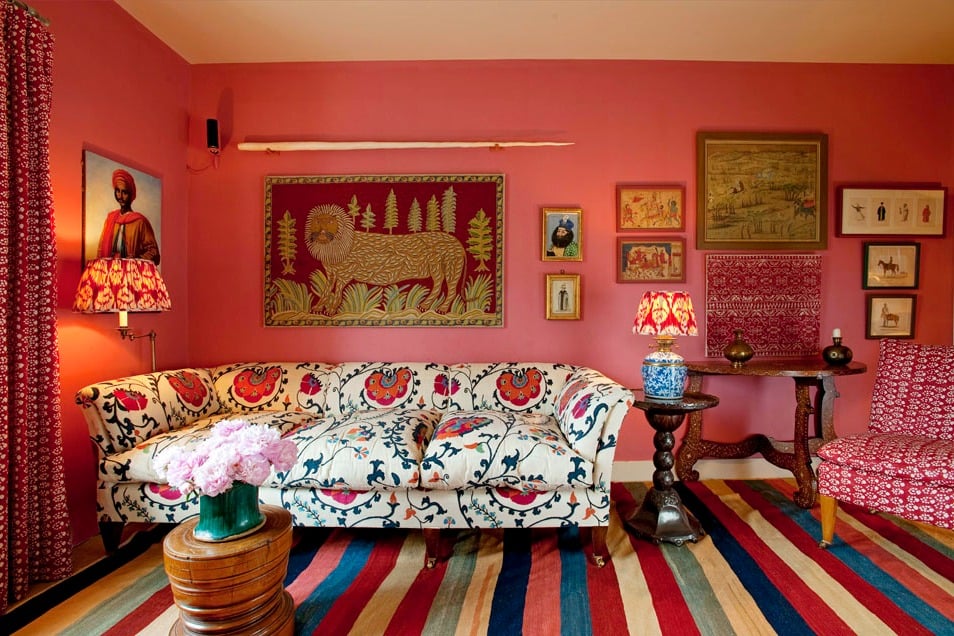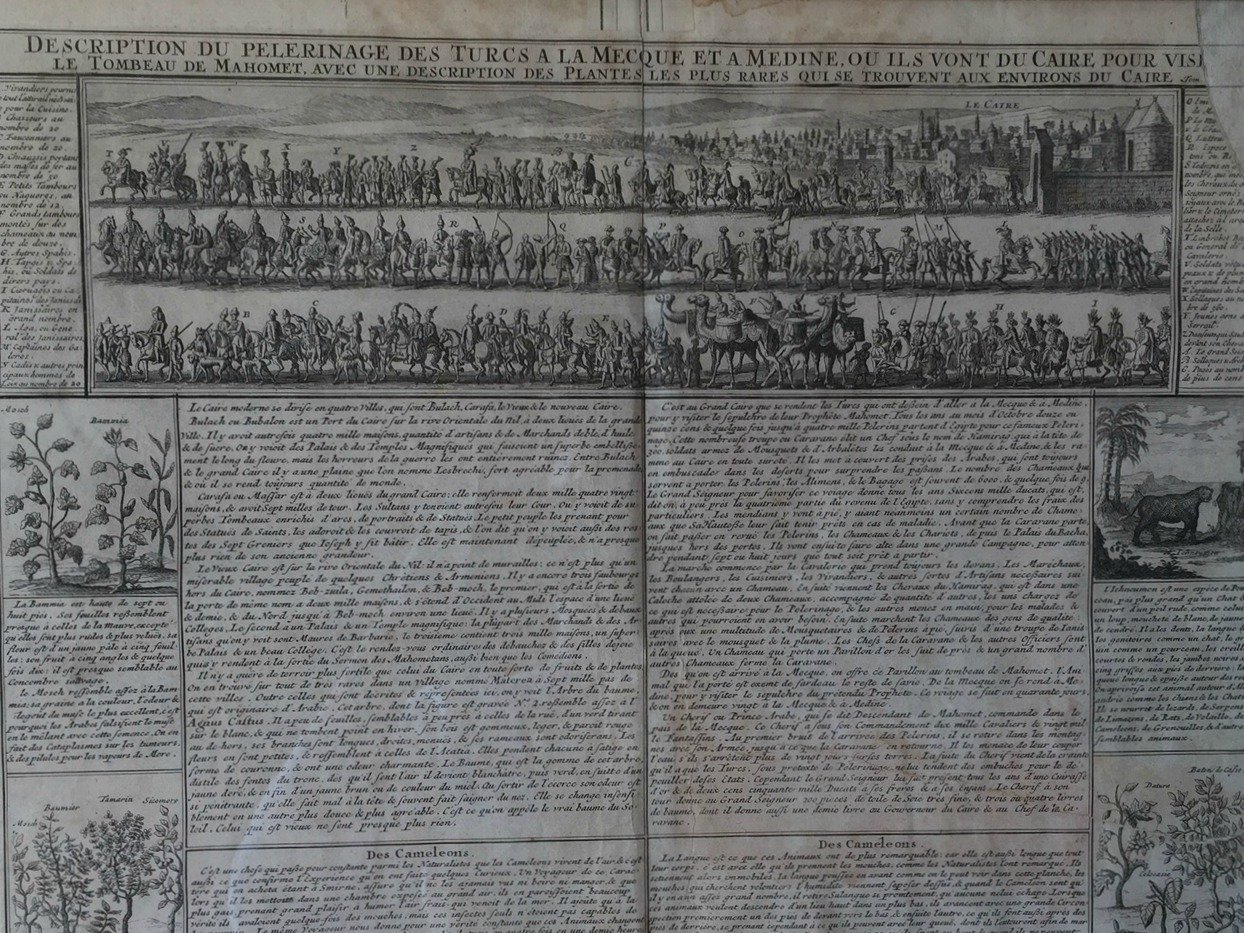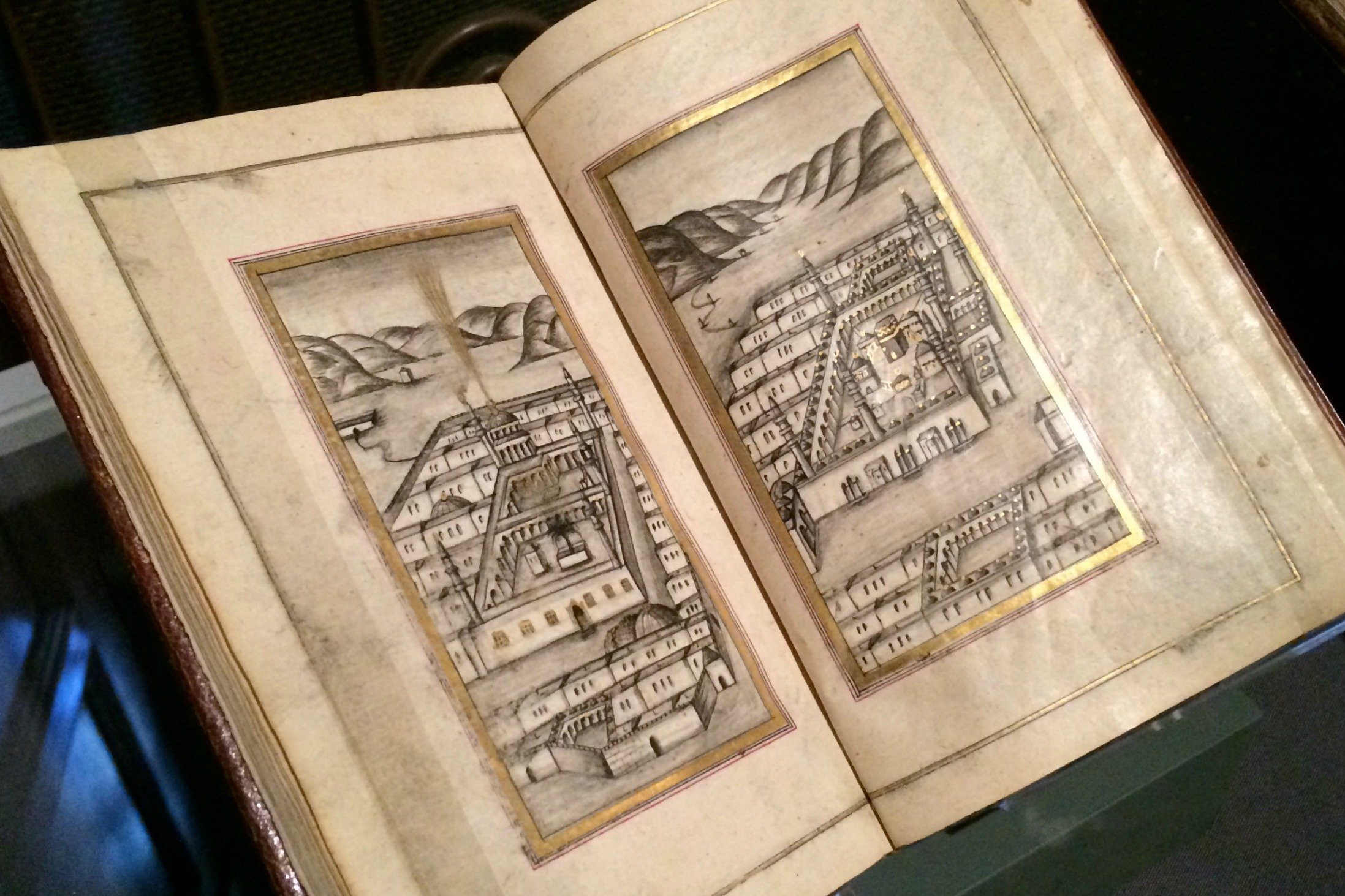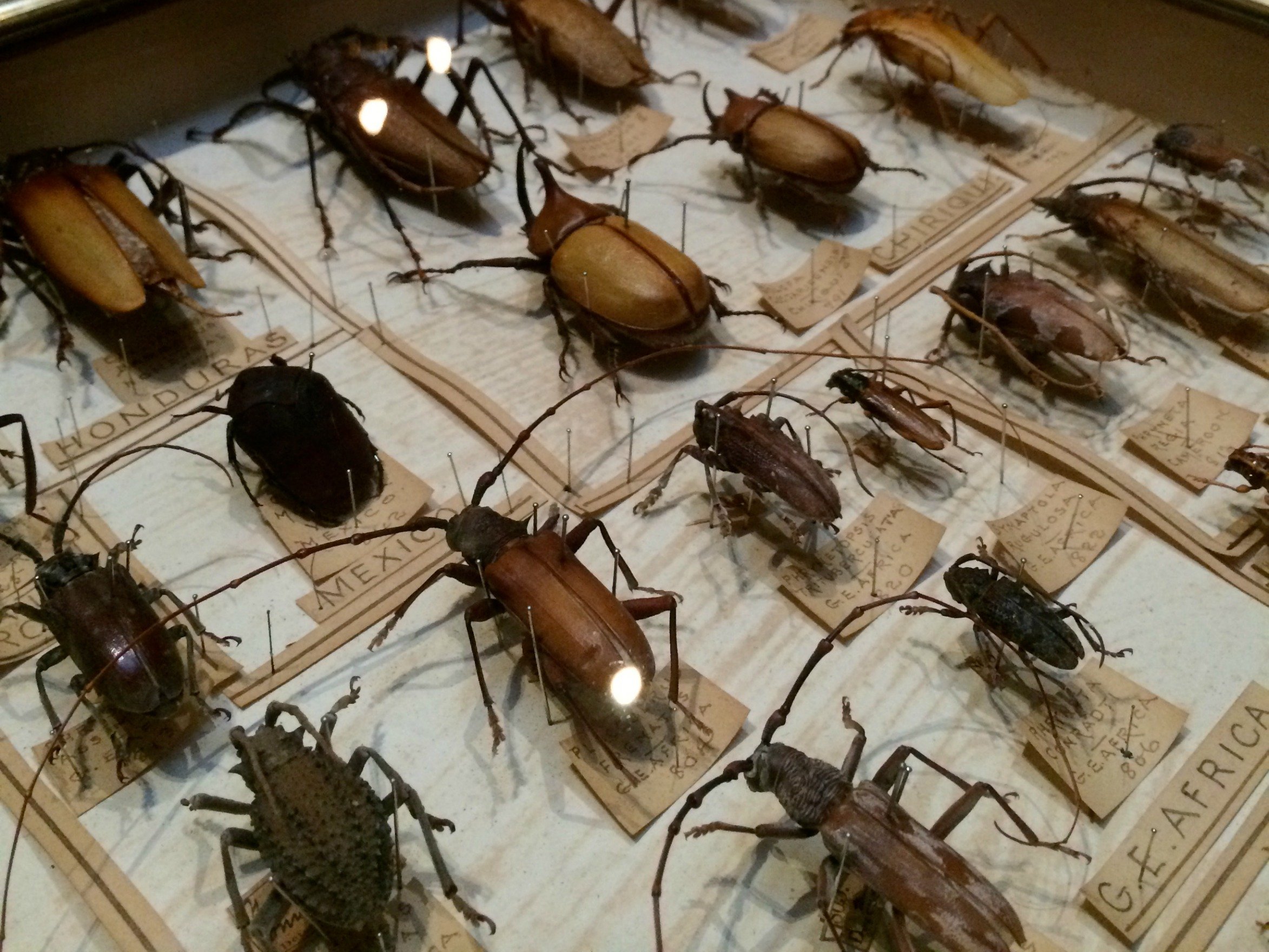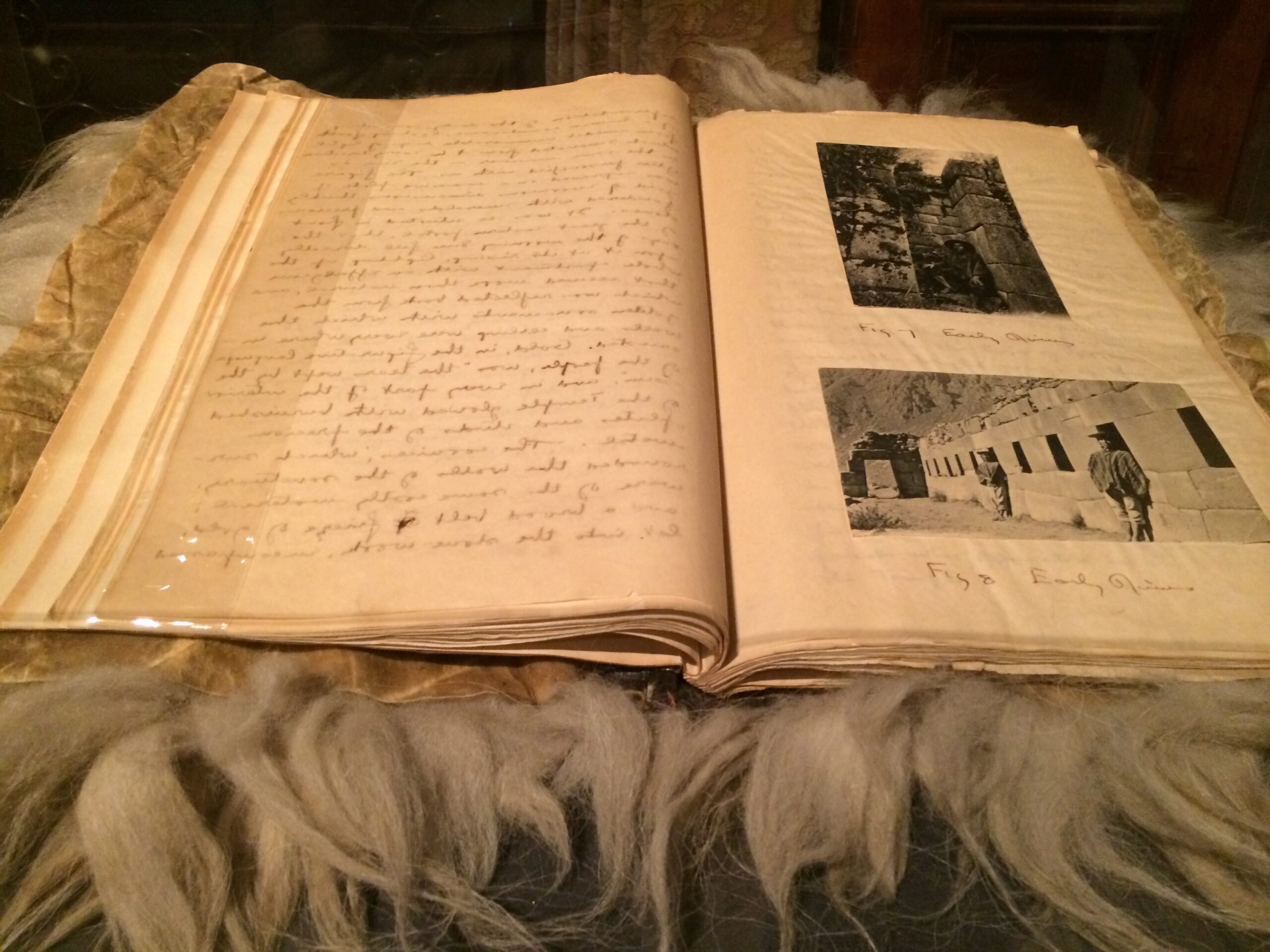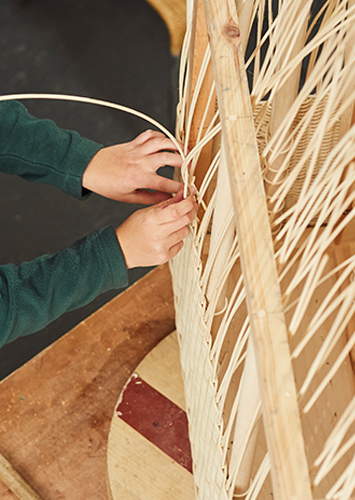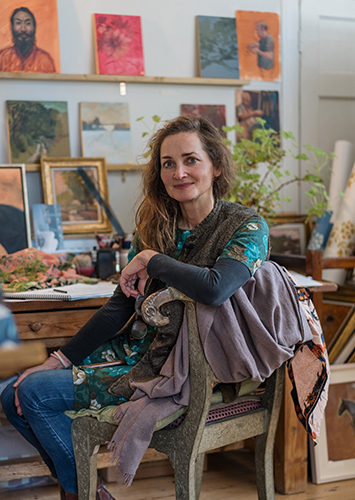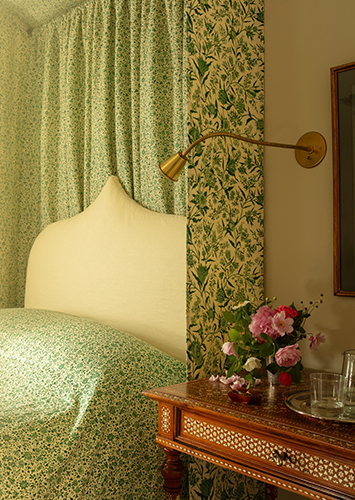At home, Lulu has a special room, ‘the den’ (photographed above), set aside for her collection of oriental treasures – antique furniture, art, textiles and objects from across Arabia and India. Her predilection for collecting had early beginnings: she smiles mischievously recalling having to confess, age 14, that she had spent her entire savings on a 1920s Egyptian appliqué. Lulu’s love of the exotic is compelling.
It’s no surprise that a new exhibition showcasing extraordinary private collections of Victorian collectors should pique Lulu’s interest. By the mid-nineteenth century collecting had become a popular pursuit of the educated and wealthy classes, fuelled by experiences of Englishmen abroad, from archeologists discovering antiquities to merchants returning with tropical plants (see our previous ‘Palm House Pleasures’ post).
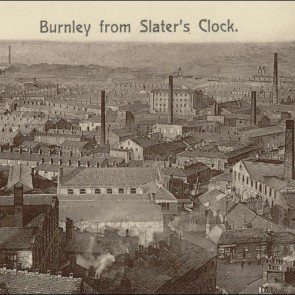
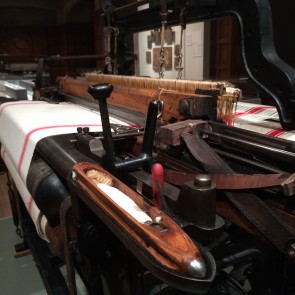
‘Cotton To Gold: Extraordinary Collections of The Industrial North West’ brings together the diverse collections of eleven Lancastrian industrialists whose great wealth came from manufacturing; whether as owners of cotton mills, makers of rope or boilers for the factories, or brewers of beer for the ever-growing workforce. Their life stories are fascinating in themselves, and while some ventured from their home towns for university or to travel, they generally returned, making substantial philanthropic donations to their local communities. They indulged their passions for acquiring and collecting, but a sense of moral equity meant these treasures were often gifted to town museums on their death.
At Soane we are always inspired by the great personal collections bequeathed to London’s museums (including the founding bequest of Sir Hans Sloane to the British Museum), so the visit to ‘Cotton to Gold’, with the promise of ‘exceptional and sometimes bizarre collections’, was rather thrilling. We’re reluctant to share too much detail (lest we spoil the experience for readers who plan to visit), but our highlights were: a chronological display of polished Roman coins, beautifully illuminated Persian prayer books, cabinets of preserved beetles, cases of taxidermied birds and – our hands down favourite – a furry llama skin travel diary. Scroll over our snapshots for a little of each exhibit’s story…
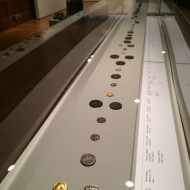
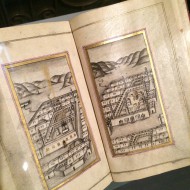
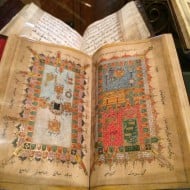
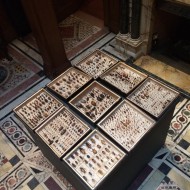
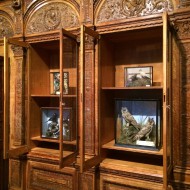
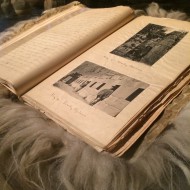
We do recommend a visit to this extraordinary exhibition, not least for the opportunity to see inside Two Temple Place. This magnificent building was commissioned in the early 1890s by American expatriate William Waldorf Astor, then one of the richest men in the world, as an estate office and personal retreat. The architect, John Loughborough Pearson (1817-1897), was best known for his ecclesiastical work and designed the building in the neo-Gothic style with Astor giving him ‘a free hand to erect a perfect building irrespective of cost.’ The finest materials were employed by the best craftsmen to create a highly decorated building. The richly carved and paneled Staircase Hall and Great Room, with vibrant stained-glass skylights and scenic windows, are wonderfully grand. Described by Nikolaus Pevsner as a ‘perfect gem’ and by H. G. Wells as a ‘picturesque stone casket’, we think Two Temple Place is the most perfect setting for these Victorian gentlemen’s treasures.
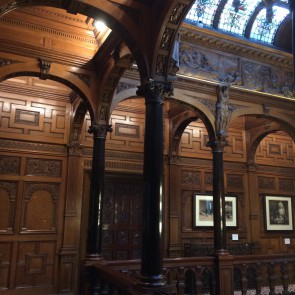
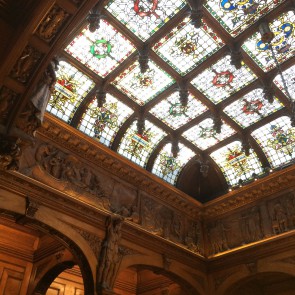
‘Cotton To Gold: Extraordinary Collections of The Industrial North West’ runs from 31st January to 19th April at Two Temple Place, London, WC2R 3BD
Top image gallery: Lulu’s ‘den’ of oriental treasures at her London home; Lulu’s framed ‘Description Of The Pilgrimage Of The Turks To Mecca And Medina Where They Went To Cairo To Visit The Tomb Of Mahomet, With a Description Of The Rare Plants One Finds Around Cairo’ (!); Detail of a drawing of Muhammad’s mosque and tomb at Medina in an 18th century Persian prayer book, ‘Cotton To Gold’ exhibition; Close up of a preserved beetle collection, ‘Cotton To Gold’ exhibition; A remarkable llama skin covered Peruvian travel diary from 1913, ‘Cotton To Gold’ exhibition.

